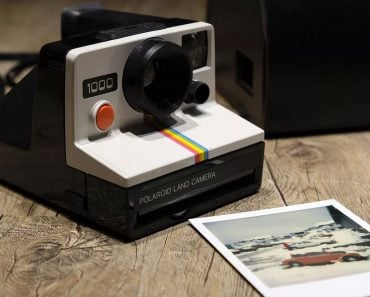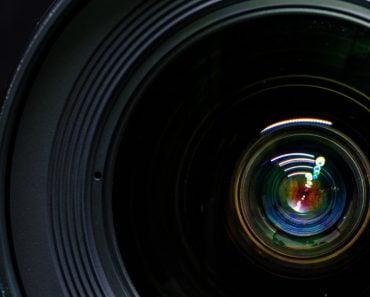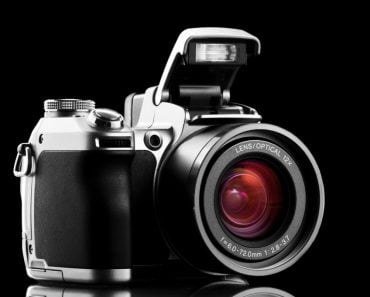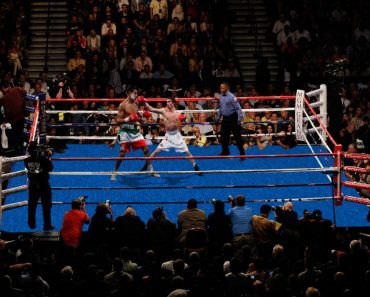Table of Contents (click to expand)
Although no display can fit movies of all formats, 16:9 comes the closest. It sits at the perfect spot between all popular formats.
Cinema is an integral part of our modern world, but we often take for granted the incredible attention that is paid to every little detail in the making of a movie. Details such as color grading, the framing of each shot, and the aspect ratio the film is shot in all contribute to how the audience perceives a film.

The aspect ratio is particularly important for filmmakers, as it defines a large portion of how they frame their movies. In fact, developments in aspect ratio have defined a large part of our daily media consumption experience.
Have you ever wondered why our TVs are rectangular in shape, rather than the squared box design that used to be the norm?
Recommended Video for you:
What Is Aspect Ratio?
Every video, and subsequently every movie, is composed of many frames or images compiled together. The number of frames that appear on the screen in a second is represented by frames per second (FPS), and the FPS of a movie is known as its frame rate.
Aspect Ratio refers to the ratio of the height and width of the frames in a movie or, simply put, the movie’s dimensions. To view the entire frame of a movie on a screen, the screen’s dimensions must be able to accommodate the aspect ratio in which the movie is shot.
To understand this better, think about how you view a movie in a theatre, and then think of viewing the same movie on your television, smartphone, tablet, etc. Furthermore, you will see the exact same frames of a movie, regardless of where you watch it. This is why aspect ratio is so important.
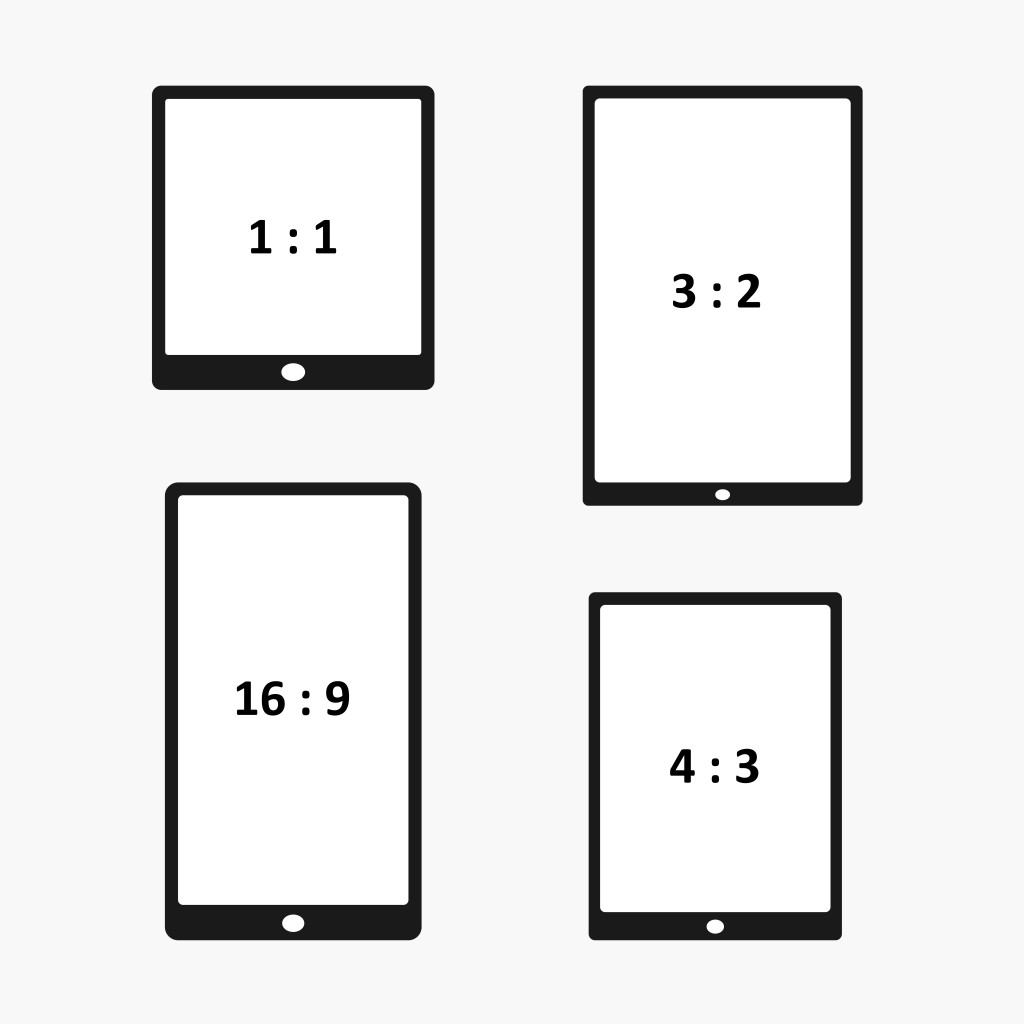
Whatever the dimensions of the screen a movie is being projected on, so long as its aspect ratio is preserved, the viewing experience isn’t impacted. In fact, the reason most smartphones and televisions are shaped the way they are is to accommodate the 16:9 aspect ratio that is so prevalent in media.
You might be wondering why the specific number of 16:9 is such a big deal that it has significantly influenced our multimedia technology. To understand why, let’s take a look at the aspect ratios we’ve experimented with in the past.
Evolution Of Aspect Ratio
In 1891, Thomas Edison filed a patent for “a device that would do for the eye what the phonograph did for the ear”. However, before they actually built this device, they needed to decide what the size of its “captures” would be.
Kodak, at the time, was already distributing 70mm roll film for their box cameras. William Dickson, an engineer working for Edison’s company, took this roll film and cut it in half. This birthed the 35mm film that remains the industry standard to this day.
Roundhay Garden Scene, the first film ever made, was shot and released in a 1:1 aspect ratio. Its original version has a runtime of 4.33 seconds and features 52 frames playing at 12 frames per second. This 1:1 aspect ratio would fit snugly in one of those square Cathode Ray Tube (CRT) televisions that were so popular until the end of the twentieth century.
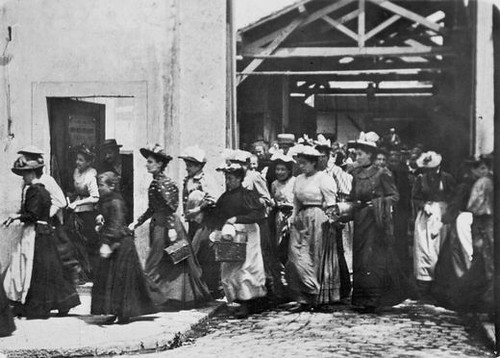
The first narrative film, on the other hand, was Workers leaving the Lumière factory, a 1-minute-long documentary. This groundbreaking film was shot and released in the 1.33:1 aspect ratio, which you might know as the 4:3 aspect ratio.
The 4:3 aspect ratio soon became the industry standard, as it was based on the native dimensions captured by a 35mm video camera. However, the Academy of Motion Picture Arts and Sciences (the folks responsible for the Oscars) set a new industry standard, known as the ‘Academy ratio’, which was 1.375:1.
Then came the next big thing, which was Panavision or CinemaScope, which remains the most commonly used format in cinemas today. This format used an aspect ratio of 2.35:1. “Avengers: Endgame” and “1917” are examples of recent movies shot in this format. Another extremely popular movie format, especially in the U.S., is 1.85:1.
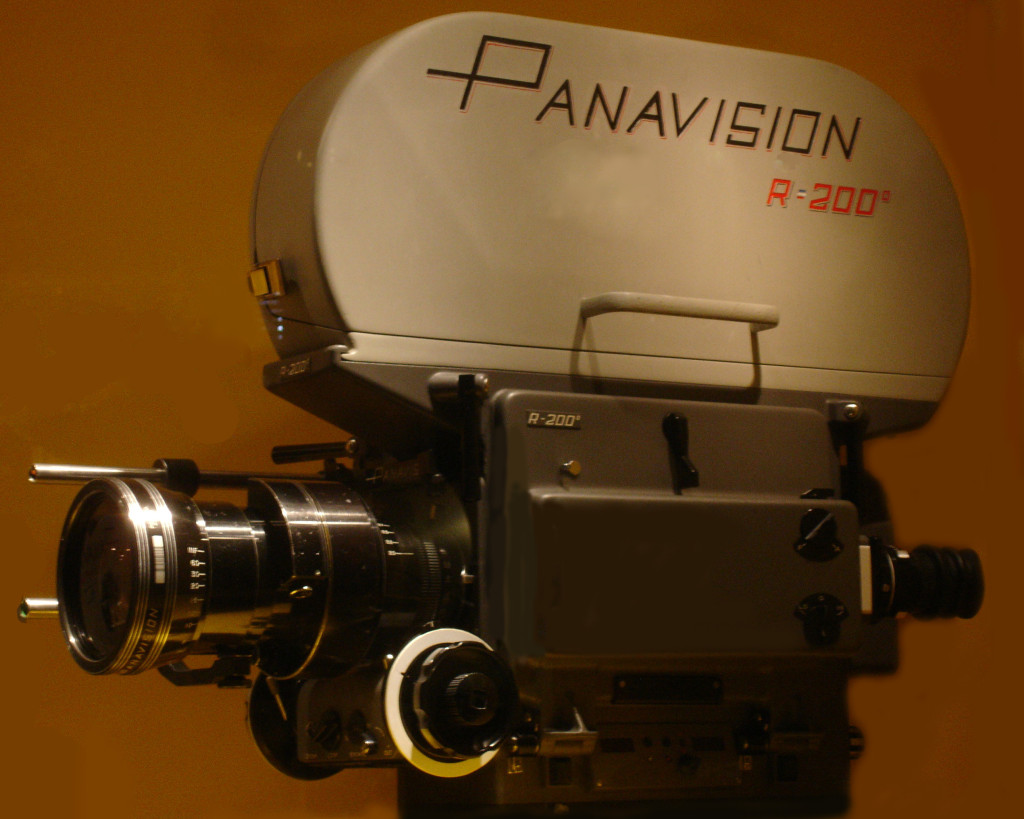
More and more formats and their subsequent ratios kept being discovered as filmmakers strived to create something unique. This, however, led to one major problem: How could all of these formats possibly fit on a single square television screen?
The Perfect Solution – 16:9
The primary reason why 16:9 is such a perfect aspect ratio for multimedia devices is that it is roughly the average of 4:3 and 2.35:1.
No single screen can possibly display all kinds of films without any distortion, but 16:9 comes the closest. 16:9 screens achieve this feat through 2 methods:
- Pillarboxing: Pillarboxing is observed when you see black bars to the left and right of an image. If you’ve used Netflix, you may have noticed that it offers different viewing options, such as “Fit-to-screen” and “Original”. If a movie was fit-to-screen, while ignoring its aspect ratio, you wouldn’t be able to see the whole frame of the movie. Therefore, 16:9 ratios allow you to view the whole frame by placing black bars to the left and right of the image from a typical 4:3 frame.
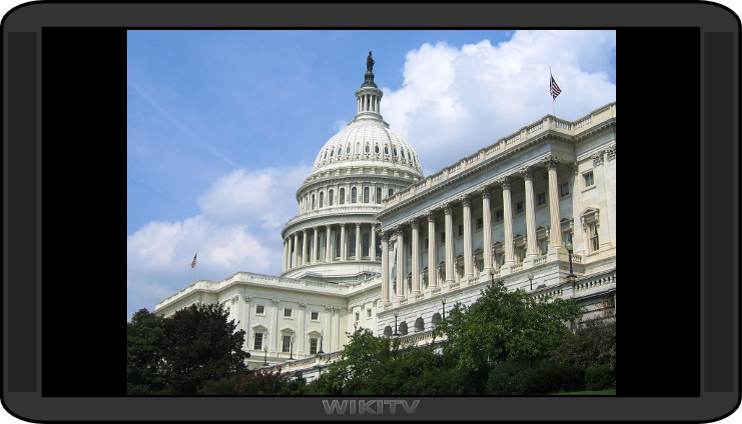
- Letterboxing: This is observed in the cases of formats such as 2.35:1 and other widescreen formats. In these cases, 16:9 displays include black bars at the top and bottom of the screen to show the full frame of the movie.
Due to its convenience, 16:9 is now the industry standard aspect ratio. All H.D. content, be it movies, video games, T.V. shows, etc., is distributed to the public in a 16:9 aspect ratio. In fact, even older media is being remastered into the 16:9 format to suit the modern viewing experience.
Aspect ratio is a concept that the average moviegoer doesn’t pay much attention to, so we fail to realize just how much of an impact it has on every form of media we consume today. As Paul Duro talked about in “The Rhetoric of the Frame”, just because the frame of a movie seems invisible doesn’t mean it actually is invisible. After all, everything we see around us is a frame if we have the eye for it.
References (click to expand)
- Original Kodak Camera, Serial No. 540. Tory: Kenneth E. Behring Center
- Origins of Motion Pictures | History of Edison .... Library of Congress
- 4:3 Aspect Ratio - Everything You Need to Know. nfi.edu
- HISTORY OF WIDESCREEN ASPECT RATIOS. Santa Barbara City College
- Framing television: the dramatic implications of aspect ratio .... Academia.edu

